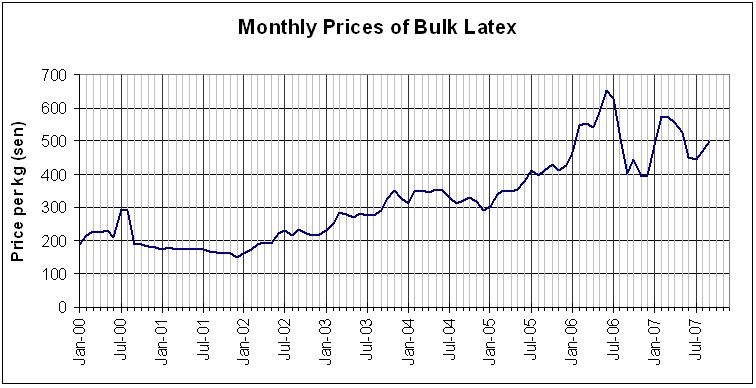Finally, Public Mutual's "China Fund" was officially launched yesterday. Look at its advertisement: "Take advantage of China's growing economy" with new PB China Pacific Equity Fund.

I don't know which unit trust company start this, recently we always heard about this kind of "Big China Fund" launching in our country. Maybe the funds performed very well due to the current China's maket condition, the unit trust companies manage to attract a huge number of customers/investors. If Public Mutual do nothing, it may loss its attractiveness to the customers, and may loss its market share to the competitive companies. So... though a huge bubble is forming in China's stock market... "under the pressure of public's demand", Public Mutual launched this China fund finally.
I have a friend who had recently become a Public Mutual's representative, he was trying his best to persuade his clients into buying this newly-launced fund. (does he get more commission from selling this fund than selling others? I don't know). If you ask his oppinion about the bubble forming in China's stock market, you'll probably hear this: "don't worry... the market is not likely to collapse before the Olympics". Maybe this is just a persuading tecnique taught by his manager/supervisor, but it seems that he himself believe in this, because he will tell you that he himself already invest in this fund too. And, you know, a lots of people believe in this phrase. (Please don't tell me the fund managers of Public Mutual also believe in this bull-shit thing.)
With its great brand-name and strong sales-agent network, I believe that the size of this PB China Equity Fund can easily grow to RM 1 Billion. The biggest unit trust company in our country now is grabbing millions of ringgit from the public, and send the moneys into the China's stock market. (According to the fund's rules, when the huge money reaches, the fund managers can't keep them as cash. They must invest a certain minimum portion of the money into China's stock market, no matter how bad is the outlook for the market.)
If we assume that the same things are happening in other countries, then there will be trillions of money keep flowing into the China's stock market.
This is what I imagine:



